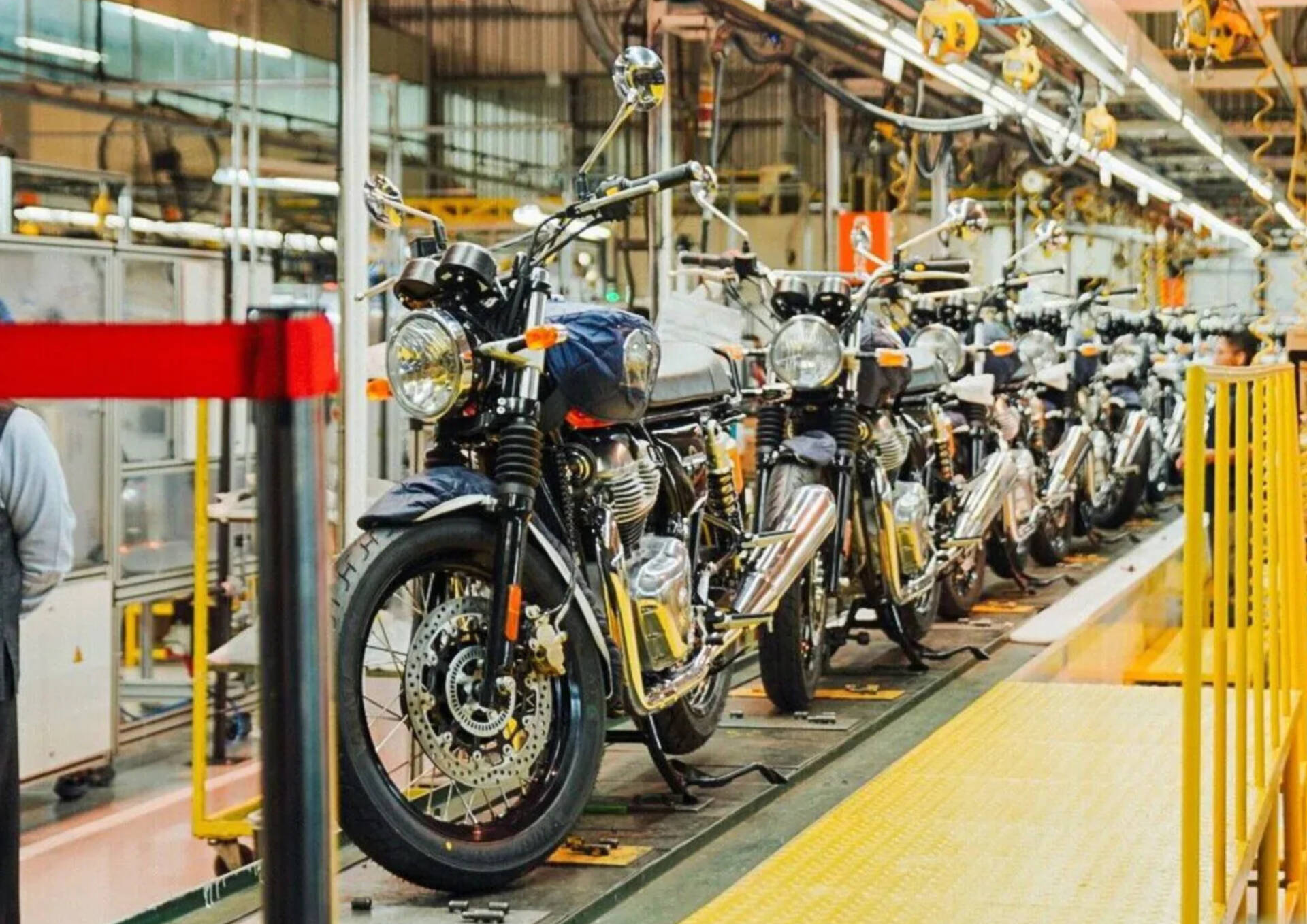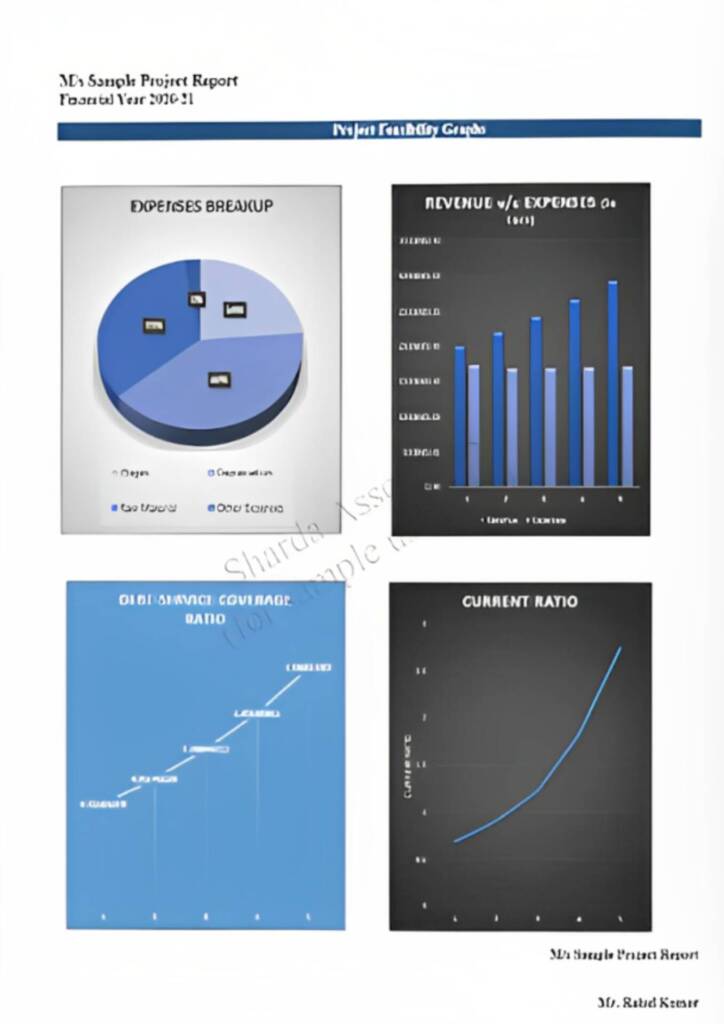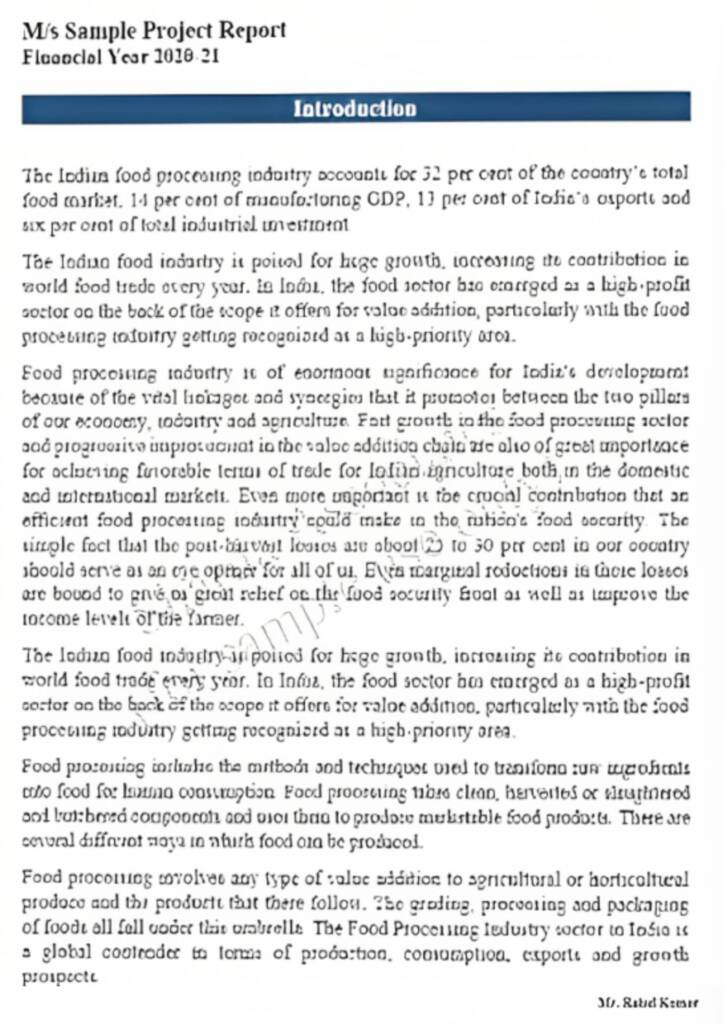Detailed Report On Bike Manufacturing
Bike manufacturing is the process of producing bicycles, encompassing design, fabrication, and assembly. Bicycles serve as eco-friendly, affordable, and versatile means of transportation and recreation, with a significant global market.
Introduction
Detailed Report on Bike Manufacturing is as follows.
Bike manufacturers contribute significantly to the global transportation economy by designing, manufacturing, and delivering bicycles for a broad range of applications. Bicycles are versatile, environmentally friendly, and inexpensive forms of transportation that are commonly used for commuting, leisure, exercise, and sporting activities. Bike manufacturers respond to a diverse spectrum of consumer desires and interests by delivering a diverse range of models, styles, and features.

Its design and engineering of the bicycle frame and components is the first stage in the production process. Manufacturers utilize cutting-edge technology and materials to create lightweight, yet long-lasting frames that deliver maximum stability and performance. These frames can be built of aluminum, steel, carbon fiber, or titanium, which is depending on cost, weight, and intended use. Electric bikes (e-bikes) with electric motors and batteries are also manufactured by bike manufacturers. E-bikes are popular among commuters and those searching for a more pleasant riding experience since they give an additional mode of transportation with assistance pedaling. Handling and transportation must be done with caution to ensure that the product remains in good condition and meets regulatory requirements.

Following the construction of the frame, bike builders attach various components such as wheels, tires, brakes, gears, and handlebars to produce a fully functional bicycle. These parts are carefully selected and assembled to ensure smooth operation, efficiency, and rider comfort. Quality control is a key aspect of bike manufacturing, with manufacturers putting extensive testing and inspection systems in place to meet industry standards and rules. This ensures that the finished product is safe, trustworthy, and able to survive frequent usage in a variety of terrains.
Detailed Report Sample On Bike Manufacturing



Market Potential Of Bike Manufacturing
The worldwide motorcycle market was anticipated to be USD 119.55 billion in 2021, with a CAGR of 8.6% expected from USD 129.83 billion in 2022 to USD 272.8 billion by 2030.
The worldwide motorcycle market is classified into four segments: type, propulsion, engine capacity, and region. The motorcycle market is divided into three categories: standard, sports, and cruiser. Based on propulsion type, the motorcycle market is divided into two segments: ICE and electric. Based on engine size, the motorcycle market is classified into four categories: up to 150 CC, 151-300 CC, 301-500 CC, 501-800 CC, 801-1000 CC, 1001-1600 CC, and Above 1600 CC. North America, Europe, Asia-Pacific, South America, and the Middle East and Africa are the five regions of the motorcycle market.
The standard sector controls the majority of the worldwide market. The first type of powered bike is the standard. The handles are positioned in the upright seat in a pleasing manner using modern technology and classic beauty. The pedals and controls are also easily accessible when the feet are in a natural position. Standard bikes are on the lower end of the power range since they are quite forward and comfortable, making them ideal for beginners. The finest options, with costs ranging from less than $5,000 to more than $10,000, are Kawasaki’s Z series and Honda’s CB series. India and Japan’s two-wheeler industries are key contributors to the worldwide motorized two-wheeler market due to their well-known two-wheeler firms.
Contents of Project Report
A project report helps you identify whether a project is worth pursuing. It presents the holistic view and brings complete insight of the business and its activity.
It acts as a guide for all the business operations, aids in taking all financial decisions related to the existing businesses and to the start-ups. It serves as roadmap to the business and provides information to the outsider who are wanting to know more about the business.
You will have the opportunity to build new goals and expansion ideas in one single document. Everyone, from the banks to potential investors, will need to have a look at the project report before they shell out any money.
A well drafted project report generally consists details about:
- Brief History of the Business
- The Promoters
- SWOT Analysis
- Industry Outlook
- Past Financial Statements
- Projected Financial Statements
- Infrastructure and Human Resource required
- CMA data
- Business model
- Requirement of Working Capital Funds
- Means of Finance
Other relevant information, if any.
